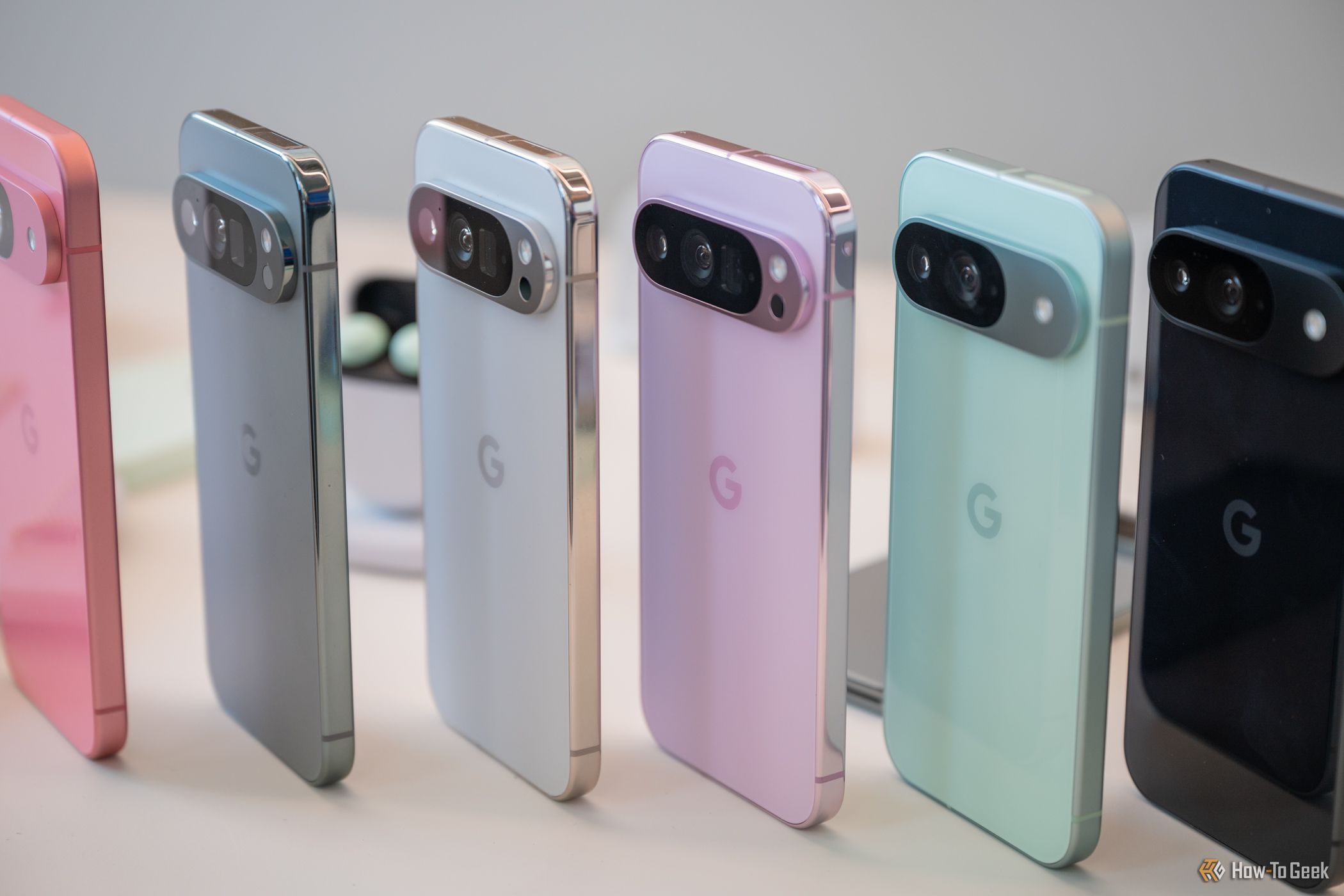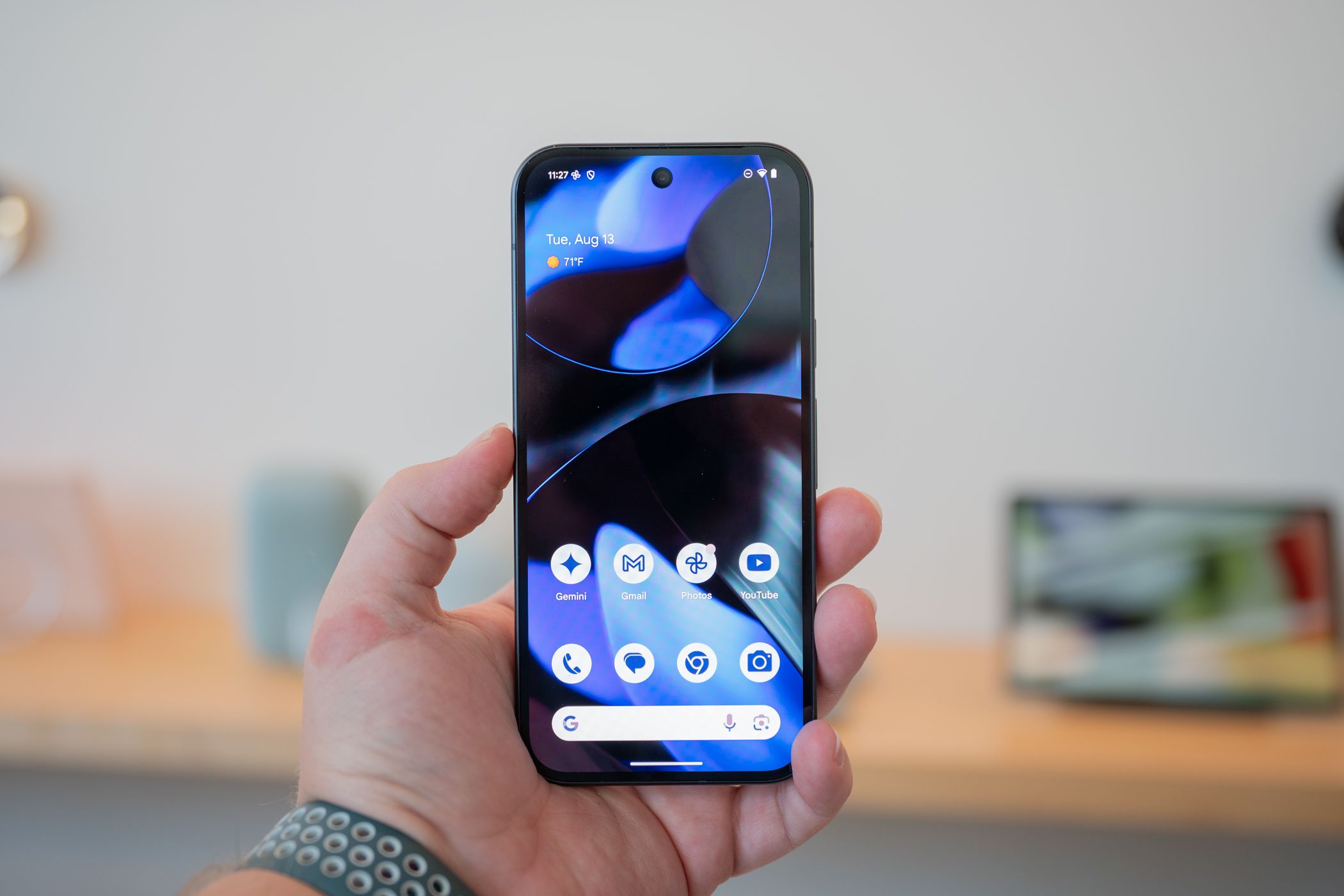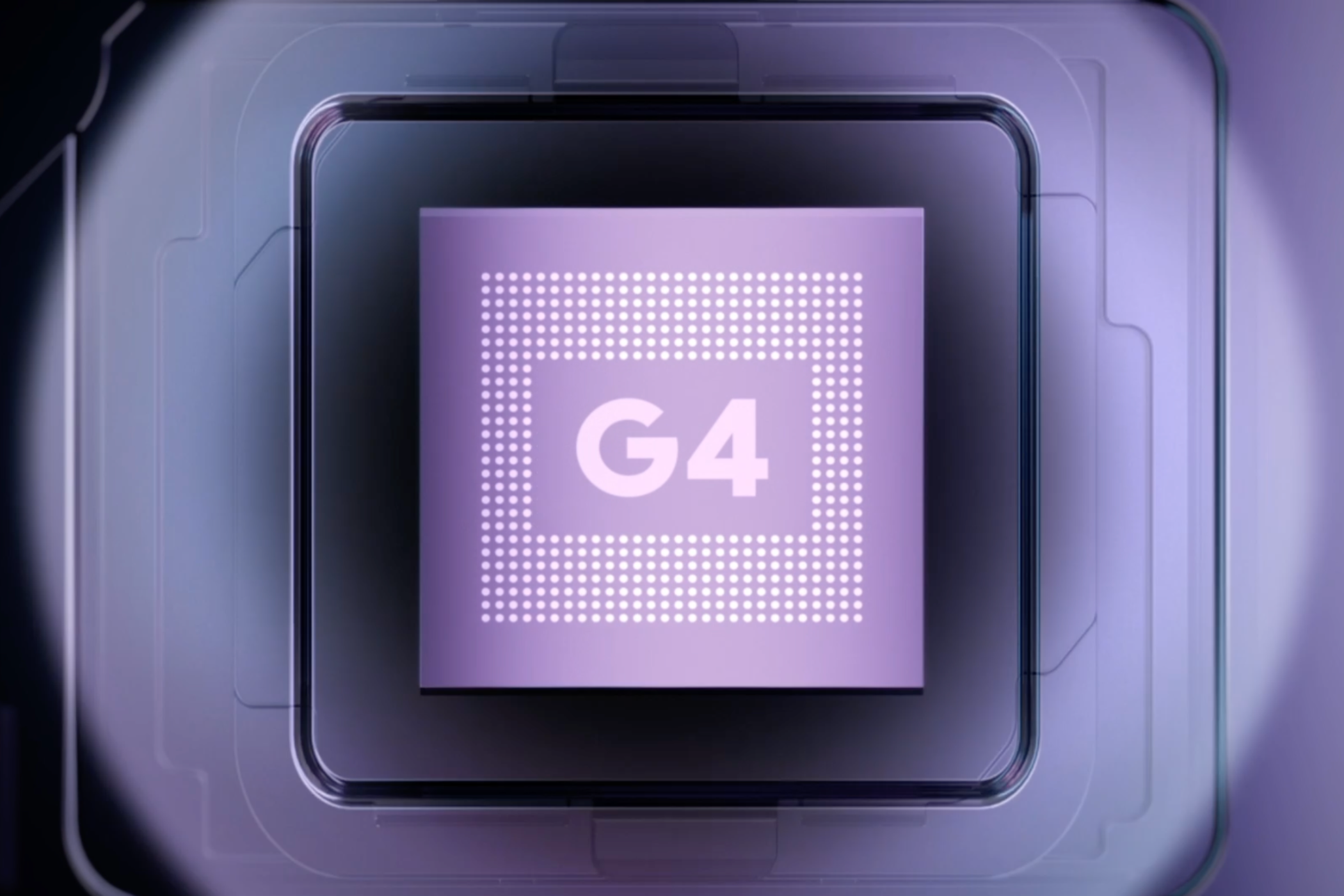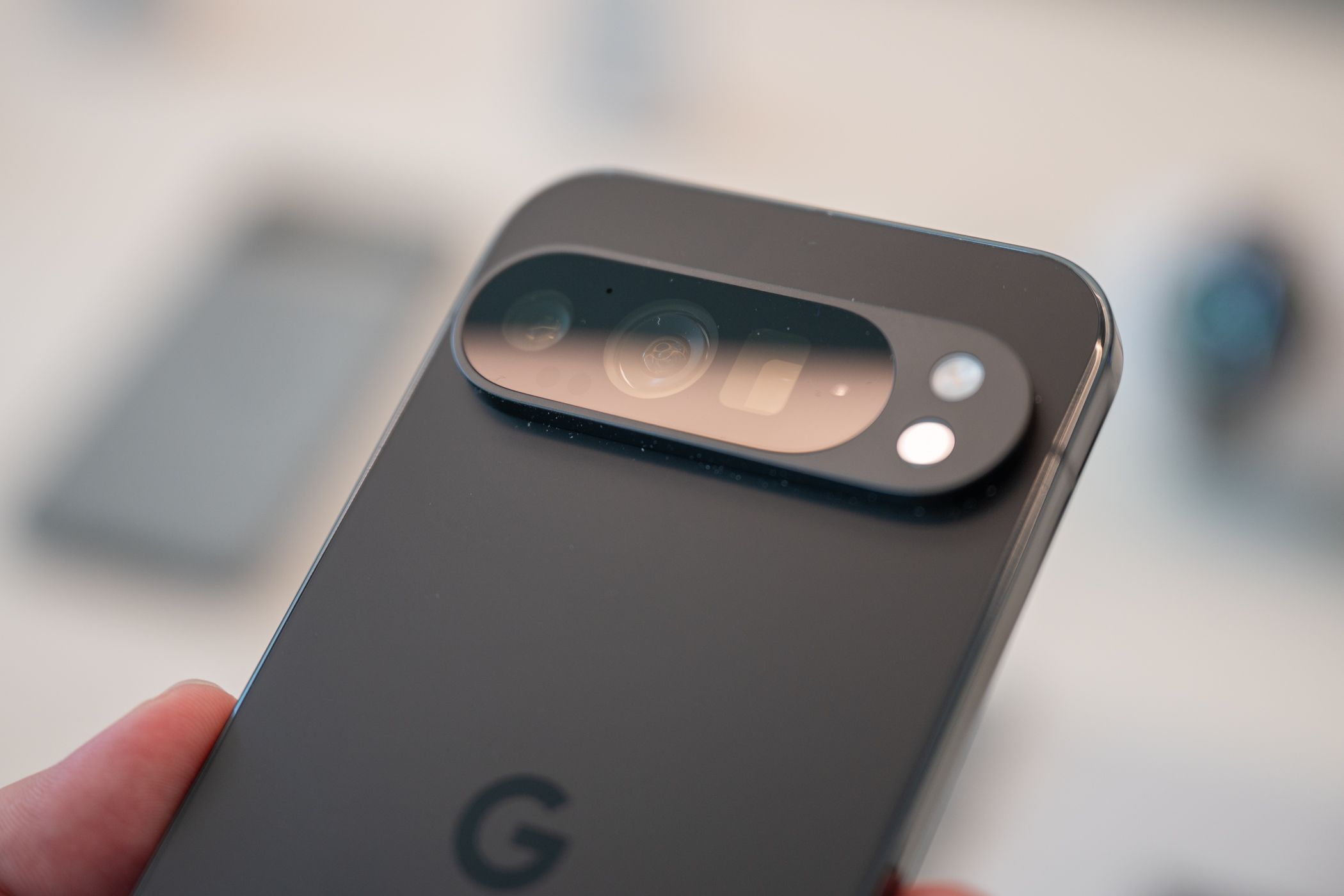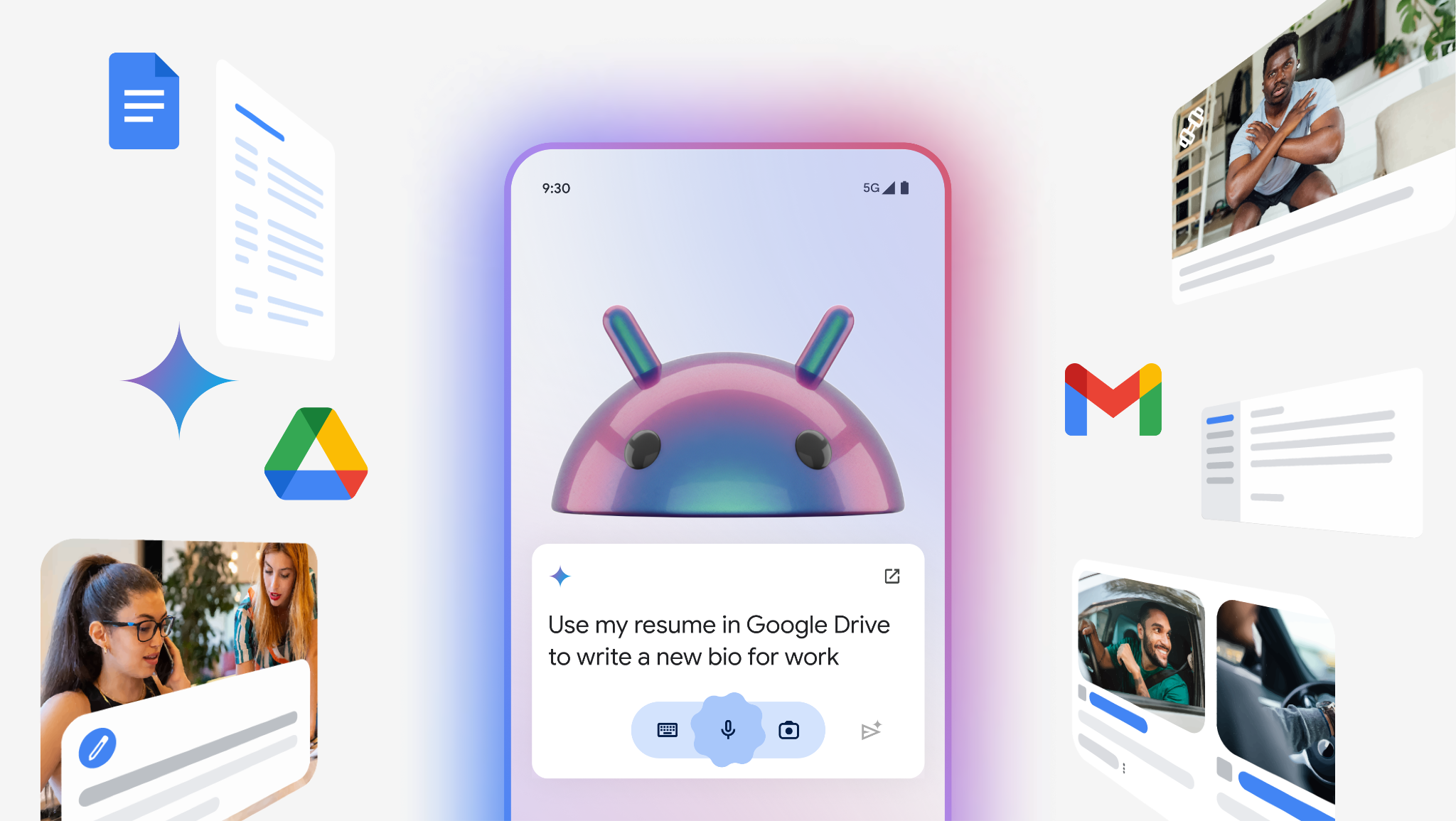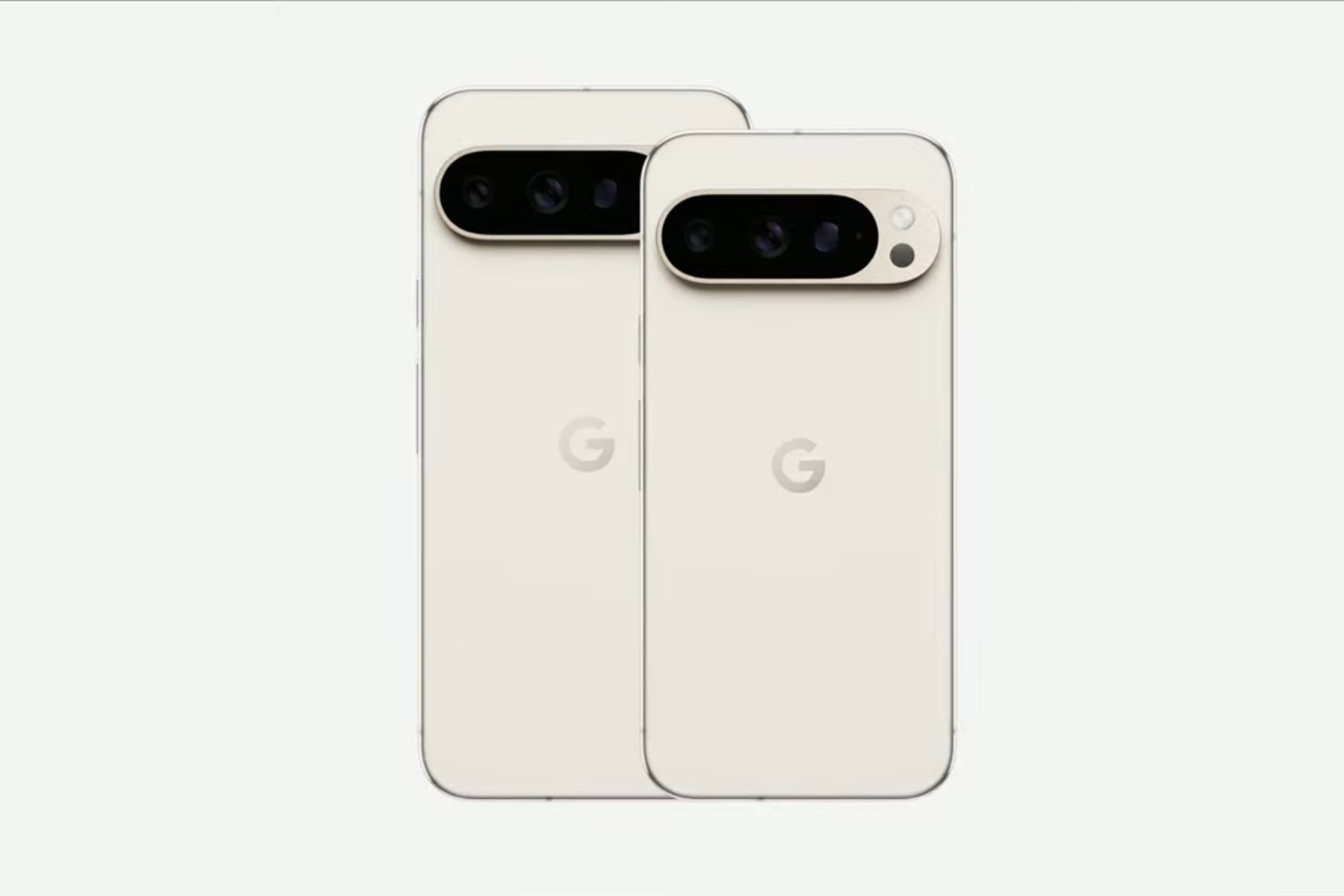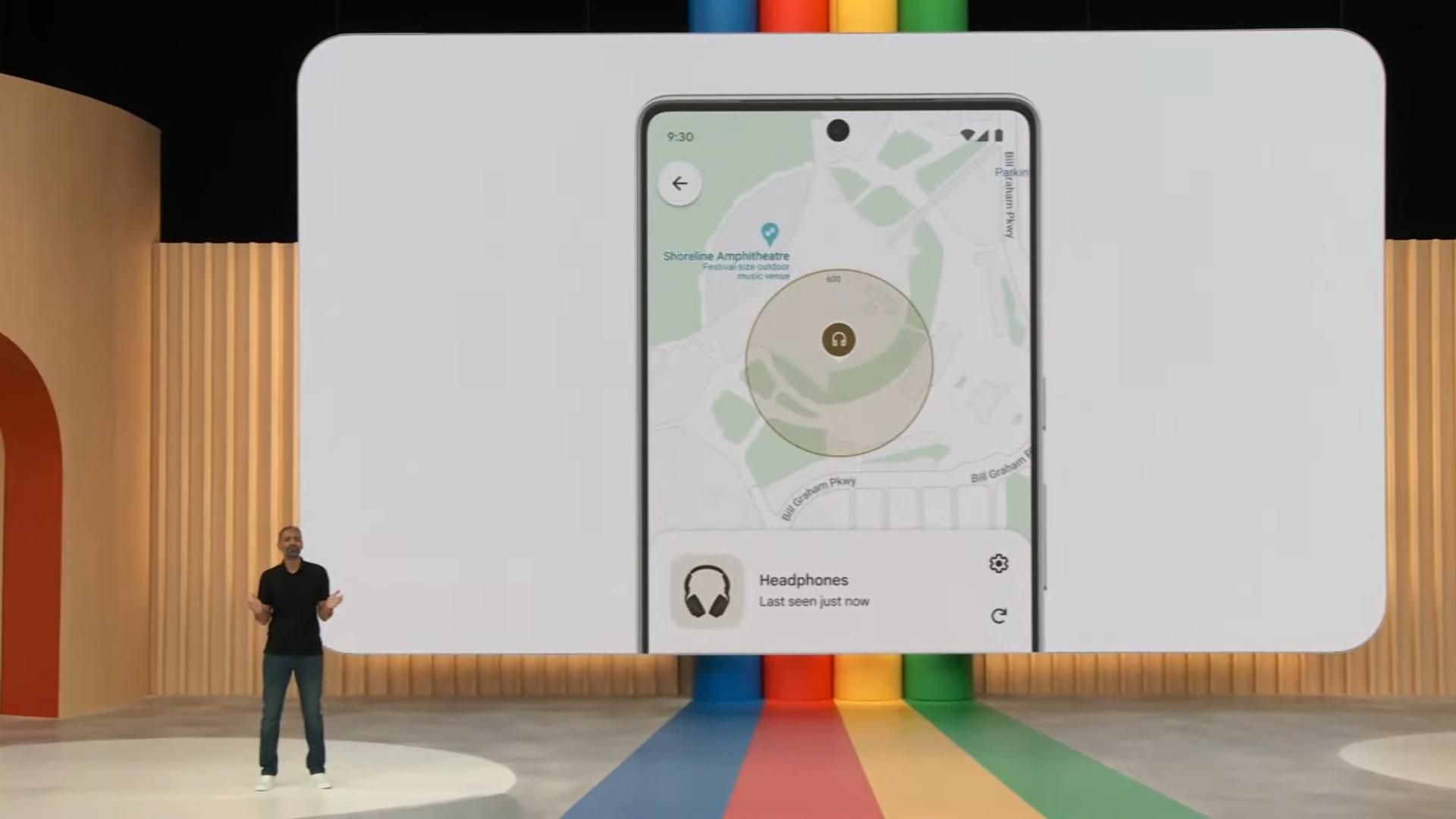Key Takeaways
- The Pixel 9 (128GB) costs $799, while the Pixel 9 Pro starts from $999. The Pixel 9 Pro XL is available from $1,099.
- All the models feature a new camera visor with rounded edges, metal side frames, and a Gorilla Glass Victus 2 back.
- Google has equipped the Pixel 9 series with its new Tensor G4 SoC. However, a few key differences, such as the telephoto camera, battery capacity, and memory, must be considered.
With Google adding a new Pixel 9 Pro XL model to its lineup, choosing between the new Pixels has become slightly tricky. Should you go with the regular Pixel 9 or the Pixel 9 Pro? What does the Pixel 9 Pro XL have that the other two phones don’t? Let’s figure out all these questions and others through this detailed comparison.
Price & Availability
The regular Pixel 9 with a 6.1-inch screen and 128 GB of storage costs $799 for the baseline variant. On the other hand, the Pixel 9 Pro, with a 6.1-inch screen and a telephoto camera, costs $999 for the 128GB model. Last but not least, the Pixel 9 Pro XL, with a 6.8-inch screen and a telephoto sensor, starts from $1,099. All the phones are available to pre-order right now and will begin shipping on August 22.
The Pixel 9 Series Looks Beautiful
Whether it is the vanilla Pixel 9, the newly added Pixel 9 Pro (a smaller Pixel with an additional telephoto camera), or the Pixel 9 Pro XL (the rebranded Pixel 8 Pro), all the phones share the sculpted, elegant design that makes them look gorgeous.
The new camera module doesn’t merge with the phone’s frame, which, by the way, has a satin finish (with a polished back) on the Pixel 9 and a polished finish (with a silky matte back) on the Pixel 9 Pro and Pixel 9 Pro XL. On the front, buyers get a punch-hole display with symmetrical bezels on all sides, giving the phone a contemporary look.
With regards to durability, the phones sport an IP68 dust and water resistance rating, along with Corning’s Gorilla Glass Victus 2 on the front and back. In a blog post, Google mentions that all the Pixel 9 models are twice as durable as the Pixel 8, but it didn’t specify the factors behind it. Anyway, you can refer to the Pixel 9 series’ dimensions below.
- Pixel 9: 152.8 x 72.0 x 8.5 mm; weighs 198 grams
- Pixel 9 Pro: 152.8 x 72.0 x 8.5 depth mm; weighs 199 grams
- Pixel 9 Pro XL: 162.8 x 76.6 x 8.5 mm: weighs 221 grams
While all the models are available in Obsidian and Porcelain finishes, the Pixel 9 also ships in Wintergreen and Peony (the new shade). The Pro models are available in two other colors: Hazel and Rose Quartz. In terms of design, it’s the back panel’s finish, the dimensions, and the colors that set the models apart.
Want The Biggest Screen? Go For The Pixel 9 Pro XL
The regular Pixel 9 ships with a 6.3-inch Actua screen that achieves a peak brightness of 2,700 nits (1,800 nits in HDR mode). Further, the screen has a pixel density of 422 ppi and supports a refresh rate of 120Hz. In comparison, the Pixel 9 Pro also has a 6.3-inch, but it has been bumped up to a “Super Actua” display that can shine as bright as 3,000 nits (2,000 nits in HDR mode) and has a higher pixel density of 495 ppi.
The third and largest model, Pixel 9 Pro XL, features a 6.8-inch Super Actua display with similar brightness as the Pixel 9 Pro but with a slightly lower pixel density at 486 ppi. Both Pro models support LTPO display technology, which implies that the screen’s refresh rate can switch between 1Hz and 120Hz.
All smartphones have four things in common: a 2,000,000:1 contrast ratio, support for HDR content, full 24-bit depth for 16 million colors, and Gorilla Glass Victus 2 protection. Further, all the variants pack in stereo speakers for an immersive audio experience (along with three microphones). Moreover, all the Pixel 9 variants offer a bright, vibrant, and sharp screen built on a 20:9 aspect ratio.
Those looking for a compact smartphone can go with the Pixel 9 or the Pixel 9 Pro, while those who frequently watch movies or consume a lot of content should opt for the bigger-screened Pixel 9 Pro XL.
Pro Models Offer Better Performance
Even though all the Pixel 9 models flaunt the new Tensor G4 SoC, the Pro models ship with 16GB of RAM, while the vanilla Pixel 9 gets 12GB of RAM. Naturally, more RAM should facilitate better multitasking and background app retention on the Pixel 9 Pro and Pixel 9 Pro XL. Don’t be surprised to see these two models do better on benchmarks as well. For some odd reason, Google has decided to stick with 128GB of storage on the base variants, which, according to me, isn’t very 2024.
You might argue that flagships like Galaxy S24 and iPhone 15 also ship with 128GB of storage, justifying the same storage on Pixel 9. But what about the Pixel 9 Pro and Pixel 9 Pro XL? Even the iPhone 15 Pro and Galaxy S24 Plus (and S24 Ultra) provide at least 256GB of on-device storage. Anyway, let’s reserve the debate about whether 128GB storage is enough in 2024 (and for the years to come) for some other time. Below are all the storage variants in which the Pixel 9 models are available.
- Pixel 9: 128GB, 256GB
- Pixel 9 Pro: 128GB, 256GB, 512GB, 1TB
- Pixel 9 Pro XL: 128GB, 256GB, 512GB, 1TB
Fun fact: Google has dropped the 128GB storage variant across the Pixel 9 series in India (one of its key markets), making 256GB standard across the lineup. Besides more RAM, the Pro models ship with a vapor chamber that maintains a suitable temperature for optimal performance and should curb the heating issues.
Pixel 9 And Pixel 9 Pro Share Their Primary And Ultrawide Cameras
The Pixel 9, like the regular iPhone 15, ships with a dual-camera setup. It consists of a 50MP (f/1.68, 82° field of view) primary sensor and a 48MP (f/1.7, 123° field of view) ultrawide sensor with autofocus. On the front, users will get a 10.5MP (f/2.2, 95° field of view) camera for clicking selfies or attending video calls.
While the Pixel 9 Pro and Pixel 9 Pro XL (like the Pro iPhone models) also feature the same primary and ultrawide sensors, they have an additional 48MP (f/2.8, 22° field of view) telephoto camera for up to 5x optical zoom. Further, the Pro models feature a better 42MP (f/2.2, 103° field of view) selfie shooter.
That said, the entire lineup ships with tons of photo clicking and editing features, such as Super Res Zoom (up to 8x on the Pixel 9 and up to 30x on the Pro models), Add Me, Macro Focus, Night Sight, and Portrait Mode. Like the Pixel 8 series, the Pixel 9 series offers several AI-based photo editing features, including Magic Editor, Magic Eraser, Best Take, Photo Unblur, and Zoom Enhance (on the Pro models).
This year, Google has enabled 8K (30 fps) video recording on the Pixel 9 Pro and Pixel 9 Pro XL (with the primary sensor), but the Pixel 9 maxes out at 4K (60 fps). Some Pro-exclusive video recording features include Video Boost, Night Sight Video, and Super Res Zoom Video. Other features like Macro Focus Video, Cinematic Blur, and Audio Zoom are standard across the lineup.
Seven Years Of Software Upgrades Are Standard
Regardless of which Pixel 9 model you get, Google will provide seven years of operating system upgrades, security fixes, and quarterly Pixel Drops. And if you feel that the Pixel 9 series is overpriced, the extended software assurance should convince you. However, this is the first time a new Google phone has debuted without a new Android version. Launched with Android 14 out of the box, the phones will get Android 15 shortly.
With the phone, you get Google VPN at no additional cost, end-to-end system security with the Titan M2 chip, anti-malware and anti-phishing protection, and spam protection in Google Phone and Messages. The smartphones also feature multiple safety-related features, including Satellite SOS (first time on a Pixel phone), Emergency SOS, Crisis Alerts, Car Crash Detection, Emergency Location Service, and Android Earthquake Alerts System.
Pixel 9 Pro XL Provides The Best Battery Life
The larger chassis allows the Pixel 9 Pro XL to pack the largest battery of all. We’re talking about a 5,060 mAh battery, which Google claims could provide “24+ hour battery life.” Interestingly, even though the smaller phones — Pixel 9 and Pixel 9 Pro — have a 4,700 mAh battery, they are also rated to provide a similar battery life. Further, the phones can last up to 100 hours with the Extreme Battery Saver mode (with limited functionality).
It could be that the larger screen on the XL variant consumes slightly more power, hence offsetting the presence of a bigger battery, which is why the company is claiming a similar battery life on all three phones. We’ll take it as a good sign anyway. All the Pixel 9 models should easily last you an entire day before you reach out for the power adapter (or even more if you’re a light user). However, I believe that the Pixel 9 Pro XL will last the longest.
Regarding wired charging rates, the smaller models are stuck with 27W charging, while the XL variant supports 37W charging. As the fine print on the specification sheet mentions, the wireless charging rates are 15W for the regular Pixel 9, 21W for the Pixel 9 Pro, and 23W for the Pixel 9 Pro XL with Google Pixel Stand (2nd Gen). It also supports 12W Qi-certified EPP chargers.
Pixel 9 Pro Gets An Ultra-Wideband Chip
Besides the basic sensors like proximity sensor, accelerometer, and gyrometer, the Pixel 9 Pro and Pixel 9 Pro XL ship with a temperature sensor. What’s good is that the company has received FDA approval for human use of the temperature sensor, something that was missing when it first came out with the Pixel 8 Pro.
Connectivity options on the smartphone include 5G (mmWave + Sub 6GHz), Wi-Fi 7, Bluetooth v5.3, NFC, and Google Cast. The Pro models also feature an Ultra-Wideband Chip for “accurate ranging and spatial orientation.” In other words, the phone will now support precise, direction-based tracking for all the supported devices via the Google Find My Device app (as and when the feature arrives).
Which Is Right For You?
I recommend you decide between the current models based on your usage and budget. Whether you have a two- or three-year-old Pixel smartphone or any other Android phone, all the phones would provide significant upgrades. If you’re on a budget and you prefer compact phones over the big, bulky ones, consider the vanilla Pixel 9 with 256GB. It could be steep for some buyers, but one can turn in their old phone for an instant discount.
If you like smaller phones and you’re into photography, then I’d suggest you pick the Pixel 9 Pro XL with 256GB of storage. It offers an additional 5x telephoto lens and offers more RAM. However, if you like phones with a bigger screen and have no budget constraints, get the Pixel 9 Pro XL. While the Pixel 9 series is a good upgrade for those with older smartphones, Pixel 8 owners might want to hold back, at least for a year or two, before they invest more money in a new smartphone.
Anyway, I can’t stop you if you’re in love with the new Pixel 9 series and get yourself an exceptional deal by combining the trade-in discounts, store credits, and a couple of other offers. Speaking of deals, folks at Digital Trends have compiled an excellent piece that explains all the discounts and deals that you can get on the new Pixel 9 series.


